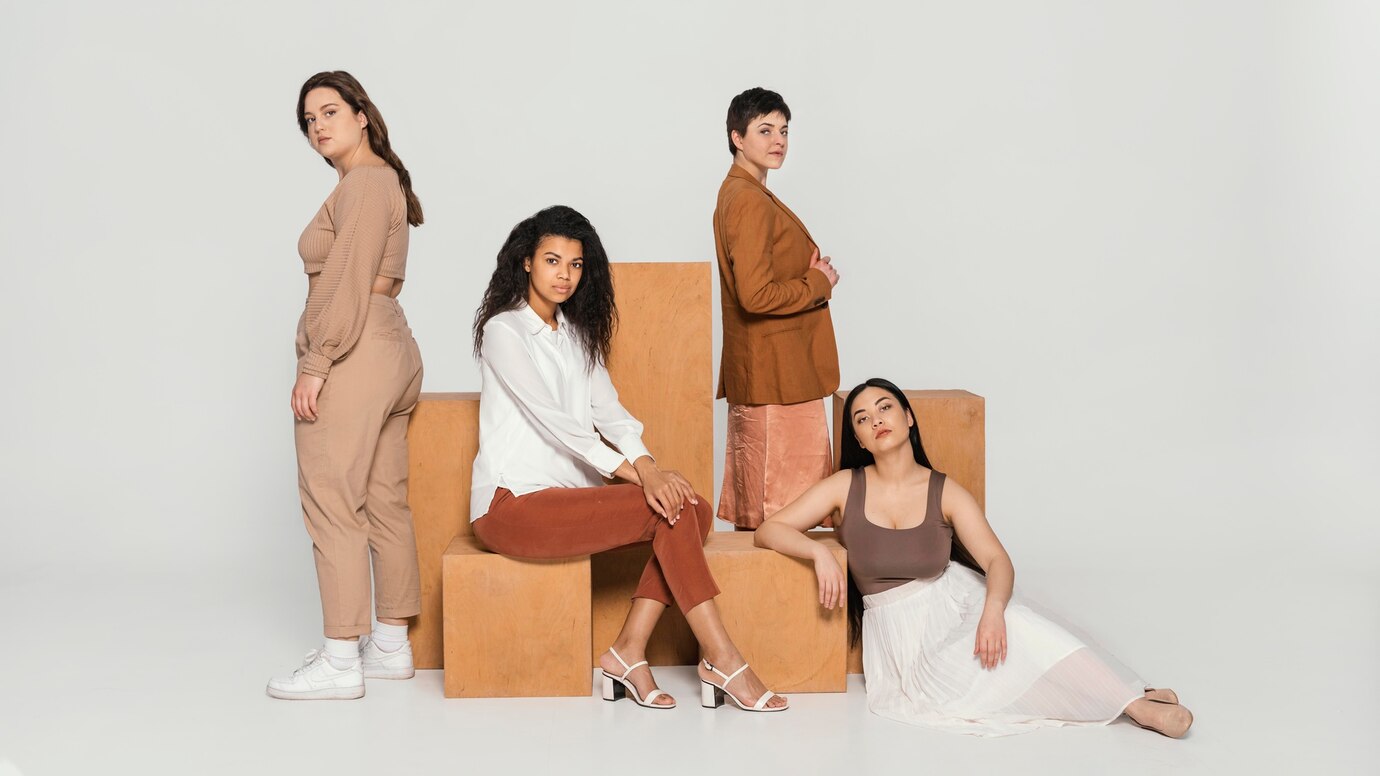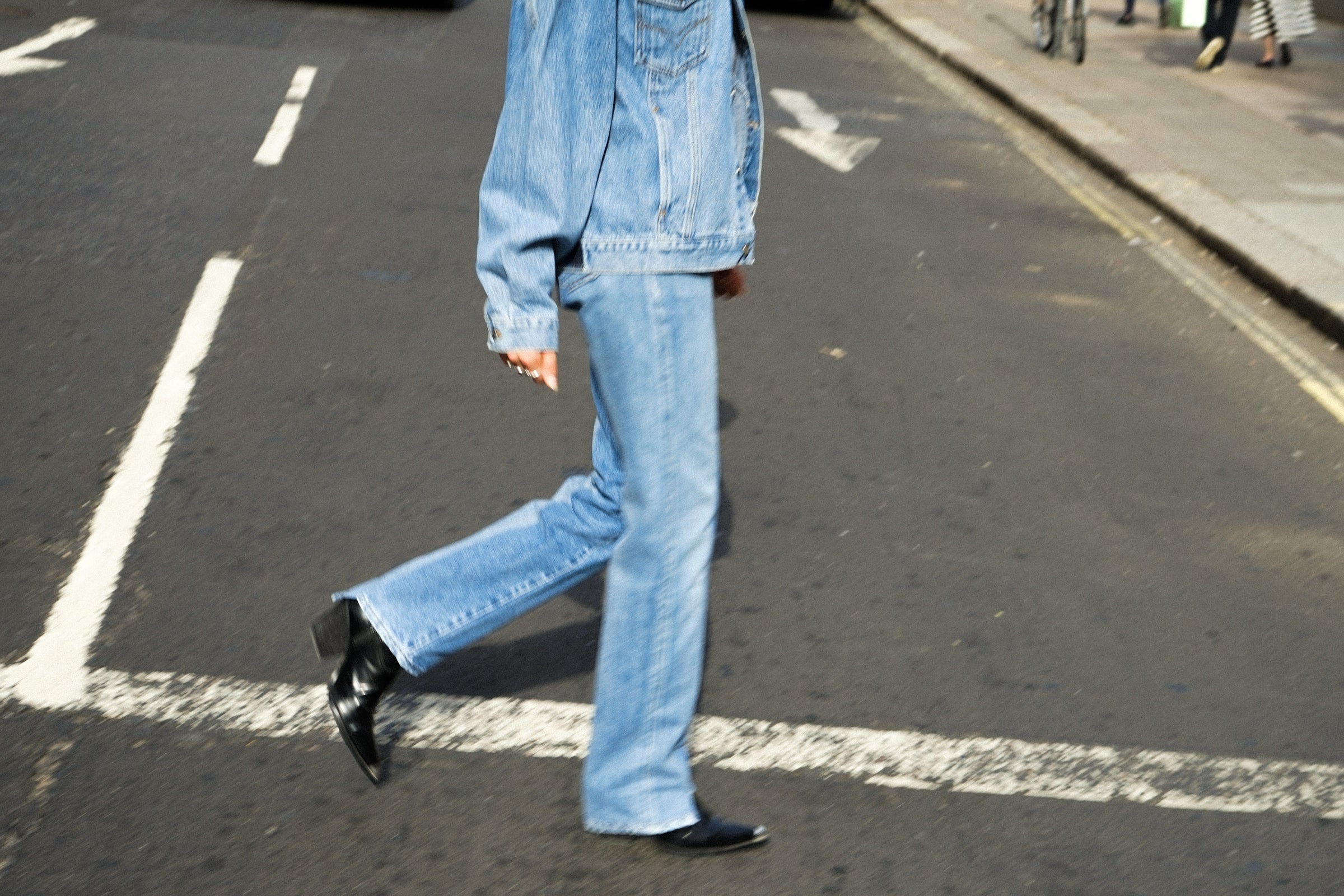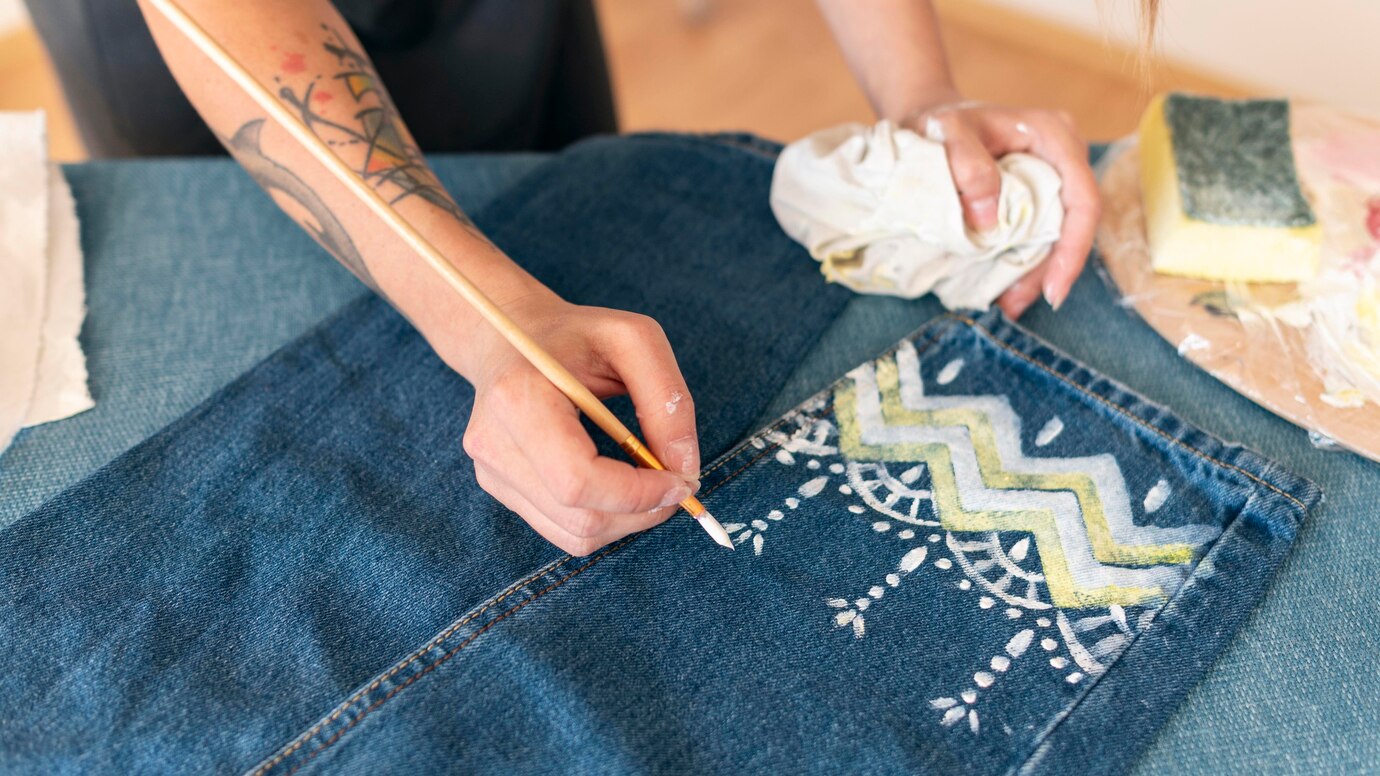Upcycled Fashion Brands Making Waves in 2025
The fashion industry is undergoing a transformation. Fashion was once ruled by fast trends and mass production. Now, conscious consumers and creative designers are changing that. They believe fashion can be both beautiful and responsible. One of the most exciting trends today is upcycled fashion. It takes discarded or unused materials and turns them into

The fashion industry is undergoing a transformation. Fashion was once ruled by fast trends and mass production. Now, conscious consumers and creative designers are changing that. They believe fashion can be both beautiful and responsible. One of the most exciting trends today is upcycled fashion. It takes discarded or unused materials and turns them into new, stylish items.
As environmental concerns become more urgent, eco-friendly clothing is no longer a niche market—it’s a global movement. In 2025, upcycled fashion brands are showing that style and sustainability can work together. These pioneering labels reduce waste and challenge the usual ways of design, manufacturing, and consumption.
In this article, we spotlight four upcycled fashion brands that are making a big impact in 2025—through bold aesthetics, ethical production, and a commitment to the planet.
Why Upcycled Fashion Matters
Tackling Textile Waste
Every year, the fashion industry produces an estimated 92 million tonnes of textile waste. Landfills overflow with clothing that could be repurposed or recycled. Upcycled fashion fights this issue by giving new life to old clothes, leftover fabric, or industrial scraps.
Reducing Resource Use
Upcycling is different from recycling. While recycling needs energy and water to process raw materials, upcycling creatively reuses items. This approach greatly lowers environmental impact.
Creating One-of-a-Kind Pieces
Upcycled clothing is inherently unique. Each item tells a story—of its past life, of the hands that made it, and of the vision that reimagined it. For fashion lovers who crave individuality, upcycling delivers in both substance and style.
1. RÆBURN (United Kingdom)
Innovation Meets Military Precision
RÆBURN, created by British designer Christopher Raeburn, leads the world in upcycled fashion. The brand is famous for its “Remade, Reduced, Recycled” approach. It turns surplus military fabrics, parachutes, and performance textiles into stylish fashion.
Why It’s Making Waves in 2025:
- Advanced upcycling techniques blend craftsmanship with high-performance design.
- Working with big brands like Timberland and The North Face brings sustainable fashion to the forefront.
- Recent collections highlight zero-waste construction and modular garments designed for longevity and adaptability.
Standout Pieces:
- Reimagined bomber jackets made from decommissioned flight suits
- Waterproof bags fashioned from RAF parachute canopies
- Layered outerwear that balances form, function, and environmental consciousness
2. E.L.V. Denim (United Kingdom)

Breathing New Life into Old Denim
E.L.V. Denim stands for East London Vintage. This brand takes old jeans and turns them into well-made modern classics. Anna Foster founded the label to promote circular fashion. It creates zero-waste denim that is stylish, durable, and ethical.
Why It’s Making Waves in 2025:
- E.L.V. Denim uses vintage denim sourced locally. This cuts transport emissions and supports UK manufacturing.
- The brand now offers upcycled denim jackets, skirts, and bags, all of which are handmade in London.
- Its focus on transparency and traceability sets a new standard for sustainable fashion in the UK and beyond.
Standout Pieces:
- Two-tone straight-leg jeans crafted from contrasting denim
- Cropped jackets with visible patchwork stitching
- Made-to-order jeans tailored to individual body types
3. Rave Review (Sweden)
Luxury Meets Upcycling
Rave Review is a high-fashion brand with a unique twist. Every item comes from second-hand fabrics. Founded by Swedish designers Josephine Bergqvist and Livia Schück, the brand blends upcycling with avant-garde style. This shows that eco-friendly clothing can be stylish enough for the runway.
Why It’s Making Waves in 2025:
- The brand’s bold, deconstructed clothes break the dullness tied to sustainable fashion.
- Their Spring/Summer 2025 collection showcases amazing dresses and co-ords made from upcycled bed linens, blankets, and curtains.
- Rave Review is making waves in the luxury market. Their upcycled designs are getting noticed at fashion weeks and winning over celebrities.
Standout Pieces:
- Patchwork dresses made from vintage towels and lace
- Oversized outerwear in retro floral prints
- Gender-fluid silhouettes that push boundaries in both fashion and sustainability
4. Zero Waste Daniel (United States)
Upcycling as Art
Zero Waste Daniel (ZWD) is a Brooklyn-based brand by designer Daniel Silverstein. ZWD aims to use every scrap of fabric. They make 100% zero-waste clothes using pre-consumer textile waste from garment factories in NYC.
Why It’s Making Waves in 2025:
- ZWD pieces use only fabric scraps. They are crafted into stylish, wearable mosaics.
- The brand has launched a DIY zero-waste sewing kit. This kit helps consumers make their own upcycled pieces at home.
- It’s also running educational programs to teach upcycling skills and sustainable practices to young designers and youth.
Standout Pieces:
- Statement joggers with colourful patchwork panels
- T-shirts with bold, scrap-fabric graphic prints
- Custom commissions made from customer-supplied fabric waste
How to Support Upcycled Fashion
1. Shop Smart and Local
Supporting upcycled fashion doesn’t always mean buying from big labels. Check out local makers, vintage shops, or independent designers. They often transform second-hand items into fresh new creations.
2. Explore Custom Upcycling
Many upcycled fashion brands offer made-to-order services where you can send in your old garments to be transformed. This keeps waste out of landfills and creates personalised fashion that holds emotional value.
3. DIY Your Wardrobe

You don’t have to be a professional to start upcycling. Learn to:
- Patch-ripped jeans with decorative fabric
- Convert old shirts into tote bags
- Embellish jackets with fabric scraps or embroidery
Small changes make a big difference—and help you connect with your clothes on a deeper level.
4. Talk About It
Spread the word about the importance of sustainable fashion. Share your upcycled finds on social media. Attend clothing swaps. Also, talk about the fashion industry’s environmental impact with friends and family.
When you normalise eco-friendly choices, you help create a fashion future that values the planet as much as personal style.
The Future of Fashion Is Circular
Upcycled fashion isn’t just a niche anymore. It’s leading a global change toward responsible, creative, and eco-friendly clothing. Brands like RÆBURN, E.L.V. Denim, Rave Review, and Zero Waste Daniel aren’t just creating stunning clothes. They’re changing how the industry operates from the ground up.
In 2025, upcycled fashion brands aren’t just responding to trends—they’re setting them. They prove that sustainability and style are not mutually exclusive but beautifully compatible.
Take action today: Support an upcycled brand, try a DIY project, or simply rethink your next clothing purchase. Because fashion’s future isn’t just about what’s next—it’s about what we can reuse, reimagine, and wear with pride.